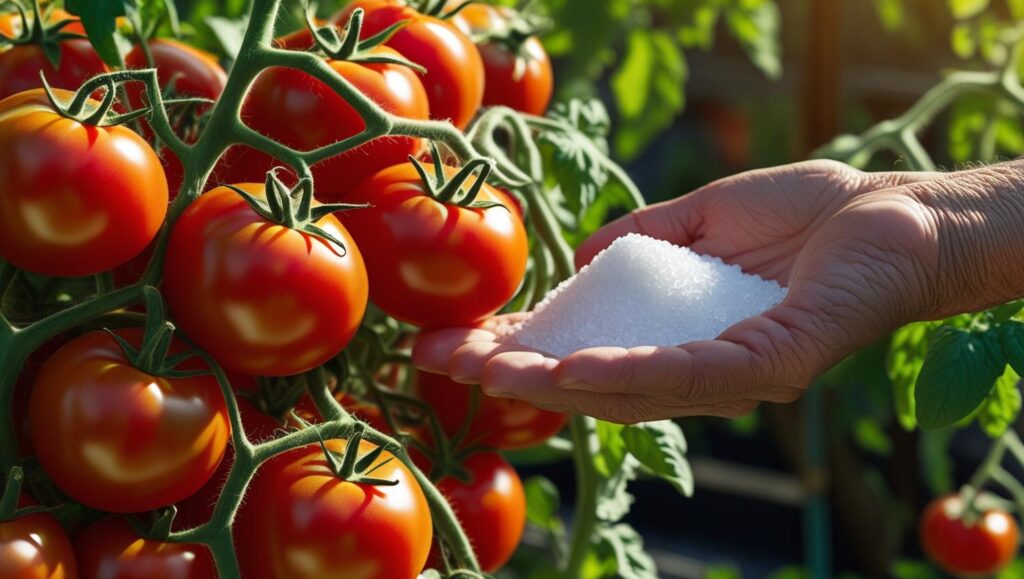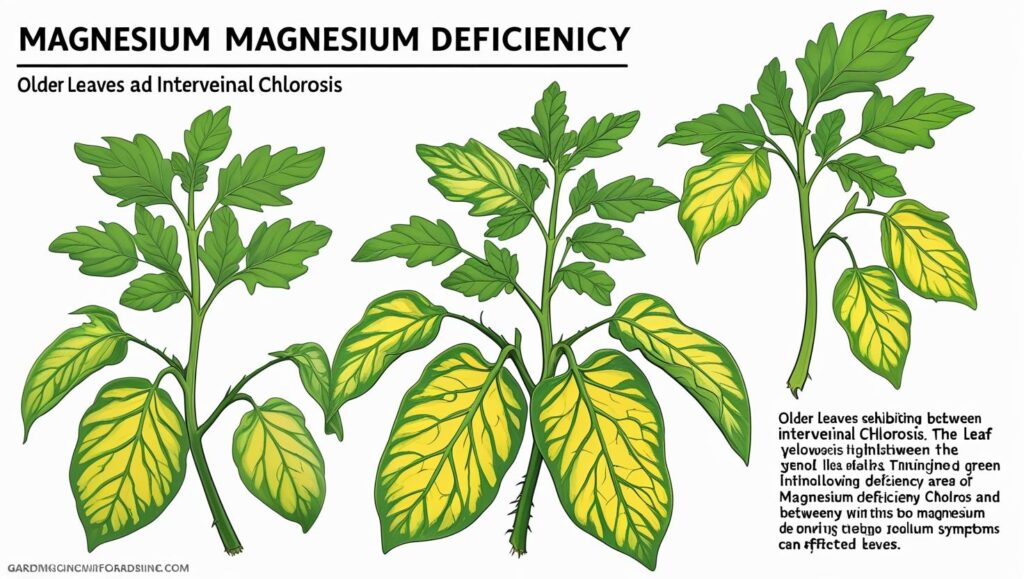A common garden recommendation suggests Epsom salt can significantly boost tomato health, but horticultural experts urge caution. The discussion over how much Epsom salt for tomato plants is appropriate hinges on one critical factor: a confirmed magnesium deficiency. Applying it without a proper soil test can create nutrient imbalances and harm the very plants you intend to help.

The Science Behind the Salt: What is Epsom Salt?
Contrary to its name, Epsom salt is not a true salt like sodium chloride. It is a naturally occurring mineral compound of magnesium sulfate (MgSO4), named after a bitter saline spring in Epsom, England. The two key components, magnesium and sulfur, are secondary nutrients essential for plant growth.
Magnesium is a central component of the chlorophyll molecule, the green pigment that allows plants to convert sunlight into energy through photosynthesis. Sulfur is crucial for activating plant enzymes and aids in the formation of proteins and vitamins. Proponents claim that because tomatoes are heavy feeders, they benefit from supplemental magnesium sulfate for tomatoes. However, most garden soils, especially those amended with compost, already contain sufficient amounts of these nutrients.
How Much Epsom Salt for Tomato Plants is Safe?
For gardeners with a confirmed magnesium deficiency, a measured approach is critical. According to university agricultural extension programs, a common recommendation is to dissolve one to two tablespoons of Epsom salt in one gallon of water and apply this solution to the soil at the base of each tomato plant.
“Always dilute Epsom salts in water before using,” advises an expert panel from the National Garden Bureau, a non-profit horticultural organization. “This can be applied as a drench to the roots of the plants or in a spray bottle on the foliage.” The organization stresses that a soil test is the best tool to determine if the application is necessary at all.
Application frequency should also be conservative, typically no more than once every two to four weeks during the growing season. A foliar spray—applying the diluted solution directly to the leaves—can provide a quicker fix for visible deficiency symptoms but also carries a higher risk of leaf scorch if applied in direct sun or in excessive concentrations.

The Dangers of Overapplication
The popular belief that Epsom salt cannot harm plants is a dangerous misconception. “Adding Epsom salts to soil that already has sufficient magnesium can actually harm your soil and plants, such as by inhibiting calcium uptake,” warns the University of Minnesota Extension.
This is a critical point because calcium is essential for preventing blossom-end rot, a common tomato affliction characterized by a dark, sunken lesion on the bottom of the fruit. When excess magnesium is present in the soil, it competes with calcium for absorption by the plant’s roots. A gardener who misdiagnoses blossom-end rot as a magnesium issue and applies Epsom salt could inadvertently worsen the problem.
Excess magnesium can lead to several other negative consequences:
- Nutrient Imbalance: Besides blocking calcium, excess magnesium can interfere with the uptake of potassium, another vital nutrient for fruit development.
- Soil Salinity: Overuse contributes to salt buildup in the soil, which can damage roots and impede water absorption.
- Leaf Scorch: High concentrations of foliar sprays can burn plant leaves.
The Gold Standard: Why a Soil Test is Essential
Horticultural experts universally agree that a soil test is the only reliable way to manage your garden’s nutrient profile. These tests, often available for a small fee through local university extension offices, provide a detailed report on soil pH and the levels of essential nutrients, including magnesium, calcium, and potassium.
“A proper soil assessment will be the final say,” states The Spruce, a home and gardening information outlet. A soil test removes the guesswork from tomato plant care. If a test reveals low magnesium levels—typically below 25-50 parts per million (ppm) in many soil types—then a targeted application of Epsom salt is justified. If magnesium levels are adequate or high, gardeners should refrain from using it.
Alternatives and Proper Tomato Plant Care
Before reaching for Epsom salt, gardeners should focus on foundational Epsom salt in garden alternatives and best practices. Building healthy soil with high-quality compost is the most effective way to provide a balanced diet of macro- and micronutrients. Compost improves soil structure, water retention, and fosters a healthy ecosystem of microbes that make nutrients available to plants.
For blossom-end rot, the primary solution is not adding magnesium, but ensuring consistent watering and adequate calcium levels. Mulching around the base of plants can help maintain even soil moisture.
Ultimately, the use of Epsom salt on tomato plants should be viewed as a specific remedy for a diagnosed problem, not a universal garden supplement. While it can be beneficial under the right circumstances, its effectiveness is often overstated in popular garden lore. Prioritizing comprehensive soil health and relying on scientific data from a soil test, rather than anecdotal evidence, remains the most reliable path to a bountiful tomato harvest.
Australia’s Monopoly on Riberry Production Highlights Growth and Challenges in Native Foods Sector
